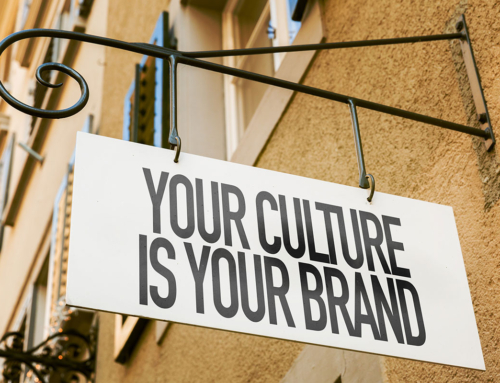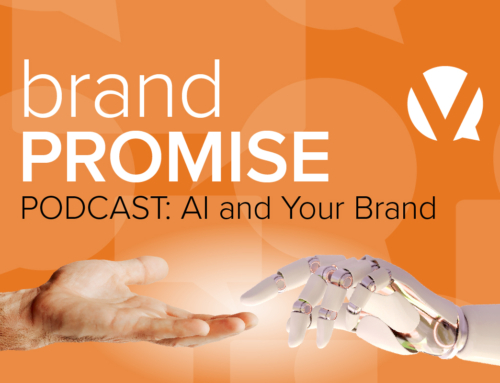What is audience engagement?
If you asked 100 colleagues or fellow marketing and PR professionals that question, you’d have 100 unique answers. Some may call audience engagement the set of metrics that determine how specific content is performing across channels. Some may call it the results of a survey fielded after a live event. Others may call it a brand’s measured ability to nurture customers to be outspoken advocates of said brand.
While audience engagement may be largely undefined and lazily depicted (seriously, Google “audience engagement” and you’ll mostly find concert pictures), the empowering thing about it is that it really is between a brand and its audience. Just like #relationshipgoals … Some people want yearly vacations in Saint-Tropez. Others want to eat Chinese takeout while re-watching “Breaking Bad.”
If you’re a marketing or PR pro tasked with delivering (or reporting on) audience engagement, consider the below relationship-related insights as you frame your strategy and execution. After all, healthy audience engagement is whatever works for your brand and your audience.
You can’t love others if you don’t love yourself
If your product stinks, consumers won’t buy it. Similarly, in the age of product reviews and the over-documentation and sharing of experiences, if there’s the possibility of consumers (especially conscious millennial and Gen Z buyers) sniffing out gross organizational dysfunction, poor quality or customer experience, or hints of exploited resources or labor, they won’t purchase from — let alone engage with — a brand.
What value does your organization offer in its specific industry or vertical? Why do your colleagues love their jobs? Brands that win the hearts of consumers have likely won to some extent in aligning purpose with operations. Show the world that love.
Passive and active — understand the difference
Like most relationships, audience engagement requires give and take. This insight has operational and metrics-related implications, so let’s break it down:
- Operations: Brands can’t just blast promotional messages on social media without responding to a question or issue a customer may be having and tweeting at the company about in hopes of resolution. Even brands that aren’t @Delta helping hundreds of flyers find lost luggage or claim frequent flyer miles daily can’t blast promotional messages that are ambivalently irrelevant to industry news. Mix it up every once in a while: Share an op-ed written by an industry ally that your CEO found thought-provoking. Go on Facebook Live at the next conference or trade show. Solicit feedback from polls or surveys. Marketing operations will have some passive days and some active days, don’t be afraid to mix it up.
- Measurement: Many marketing and PR pros know to treat vanity metrics with a grain of salt — looking at you, Impressions and Reach. Sure, those numbers might impress clients or leadership, but we all know those stats are inflated numbers that imply a message was displayed on a screen that might have caught consumer eyeballs. That’s passive. Look for the action, the engagements: email click-thru-rates, shares, form completions, file downloads, and so on.
Channel Goldilocks
You know the story. Goldilocks finds herself in a strange home sampling porridge and trying out furniture as if she was at IKEA. Right-size your engagement to what makes sense for your target audience (personas help there) and what your organization can actually execute against. No one is asking your financial technology company to tweet constant sass by the likes of Wendy’s. And that influencer campaign you want to start? It can have humble, maybe even scrappy, beginnings. Be empowered to scale engagement up or down as needed and as appropriate. Not too much, not too little, just right.
Get some help
Every great couple needs to go to counseling sometimes. The same goes for the marketing teams. Pulling social media metrics from each individual channel once a month and poring over spreadsheets to try and determine if four shares is worth celebrating is not a happy existence. Invest in the measurement tools and resources that can automatically generate reports to help your team iterate and improve, in real-time. Just like therapy, it’s often worth the investment and frees up time and energy for more important initiatives.
From an aspirational standpoint, audience engagement could mean playing the field to cultivate a new following and foster brand advocates. Or it could mean getting the right tools in place to take a solid marketing program to new heights. However your company defines its #relationshipgoals with its audience engagement is the opportunity, achieving those goals is the challenge.








